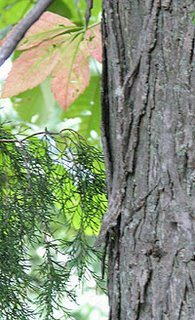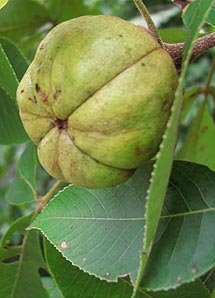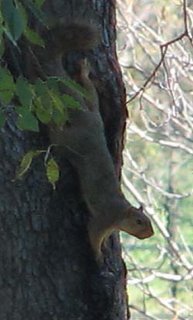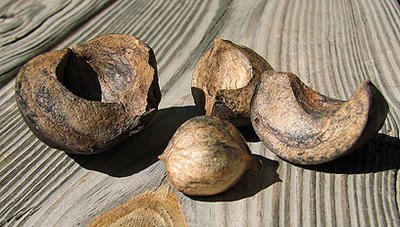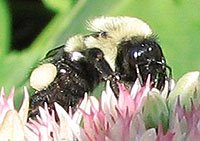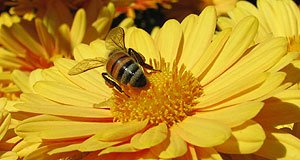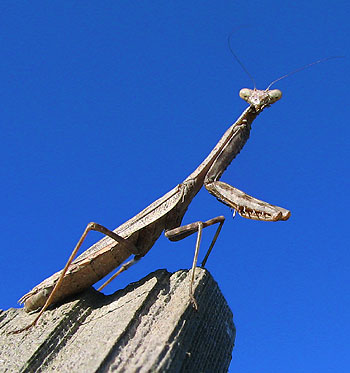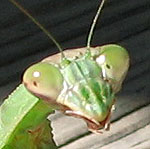White tail
 We see white-tailed deer quite often on our farm. They appear out of the woods around dusk or dawn, when they feel most safe. But it’s the does we usually see, traveling in groups of two to four -typically an adult female and one or two fawns.
We see white-tailed deer quite often on our farm. They appear out of the woods around dusk or dawn, when they feel most safe. But it’s the does we usually see, traveling in groups of two to four -typically an adult female and one or two fawns. The bucks are much shyer – we almost never see them and then only when the light is so weak that it’s difficult to tell if you’re seeing something or not.
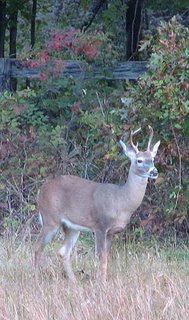 Once, on a January day, after an unusually heavy snowfall, we were treated to the rare site of a group of eight bucks traveling together. We’d left our backfield uncut that winter and the bucks were grazing and butting heads, practicing for rutting season. The scene was so classical, mythic, that I could almost hear Beethoven’s pastoral symphony playing.
Once, on a January day, after an unusually heavy snowfall, we were treated to the rare site of a group of eight bucks traveling together. We’d left our backfield uncut that winter and the bucks were grazing and butting heads, practicing for rutting season. The scene was so classical, mythic, that I could almost hear Beethoven’s pastoral symphony playing. White-tailed deer are actually more plentiful today that they were when Europeans first came to Kentucky. These deer exploit tree lines, moving among them and using them for cover and quick escape from open pastures. The more tree lines, the better for the deer, and there are many more tree lines and pastures in Kentucky today than 200 years ago.

